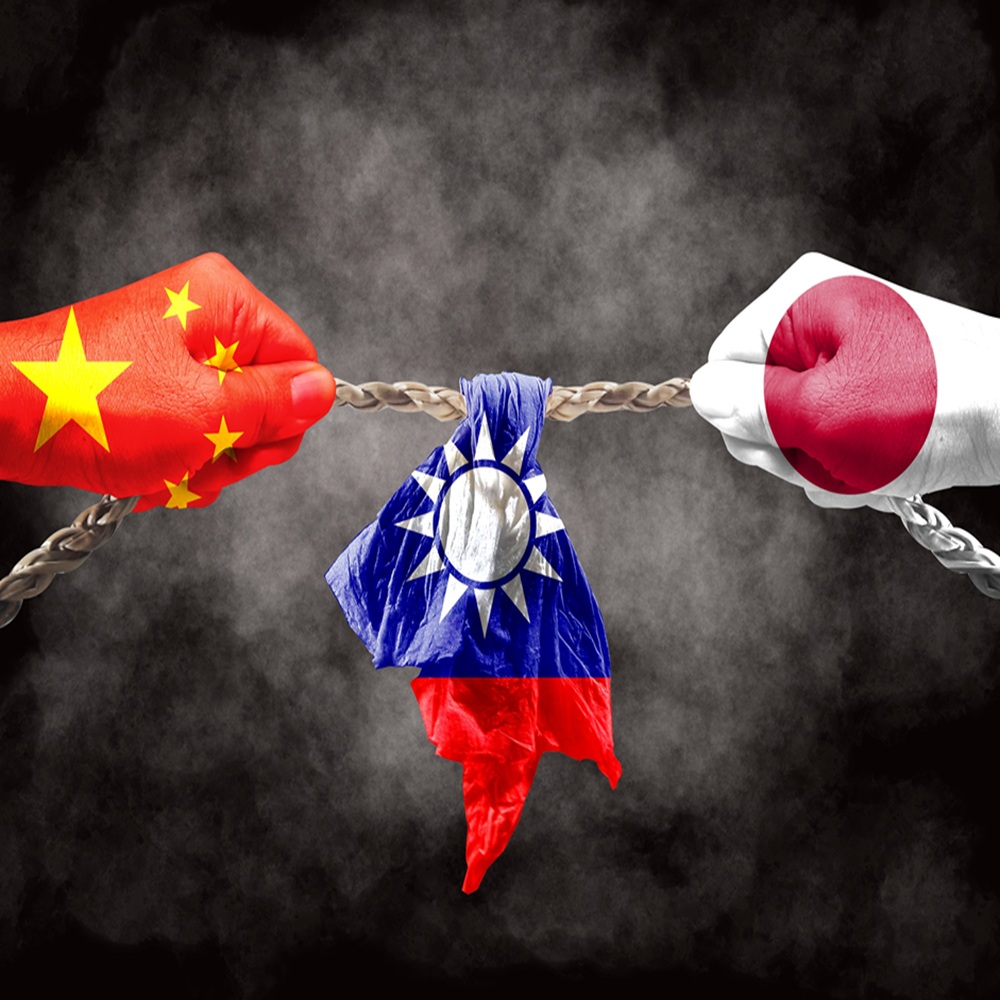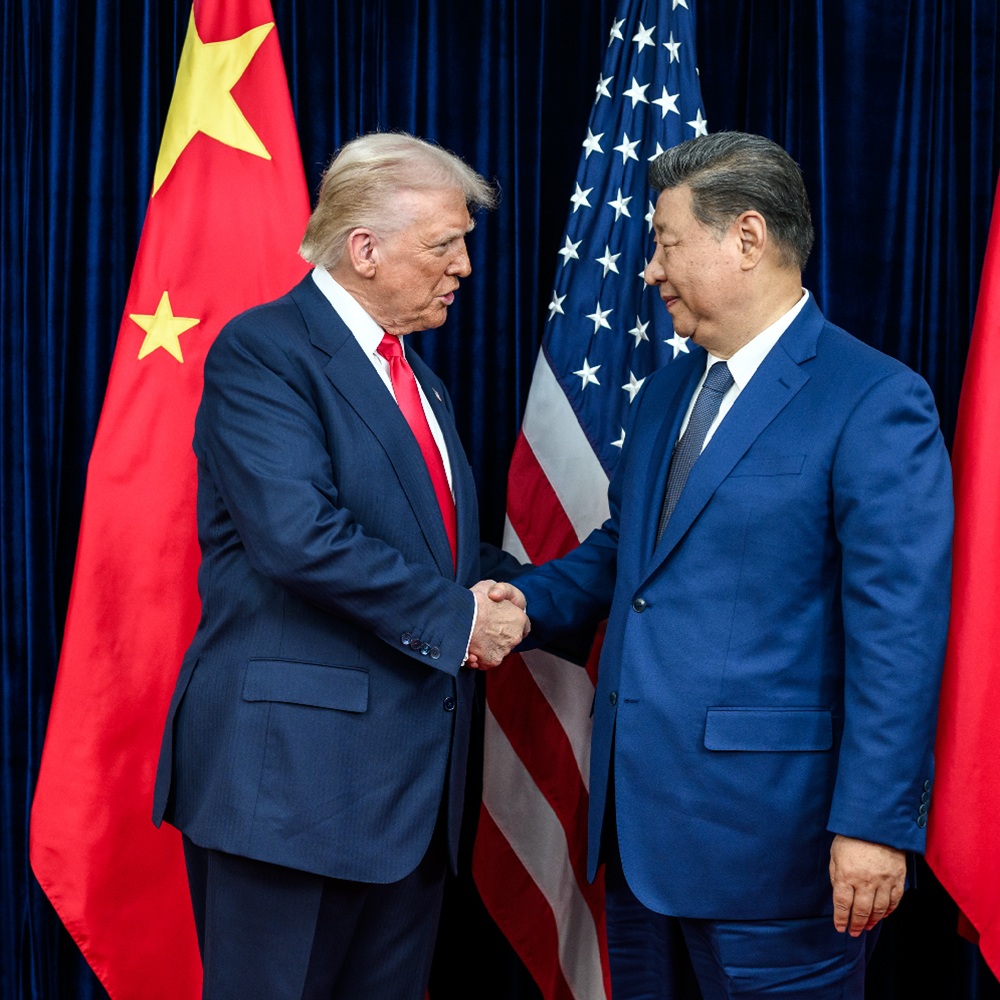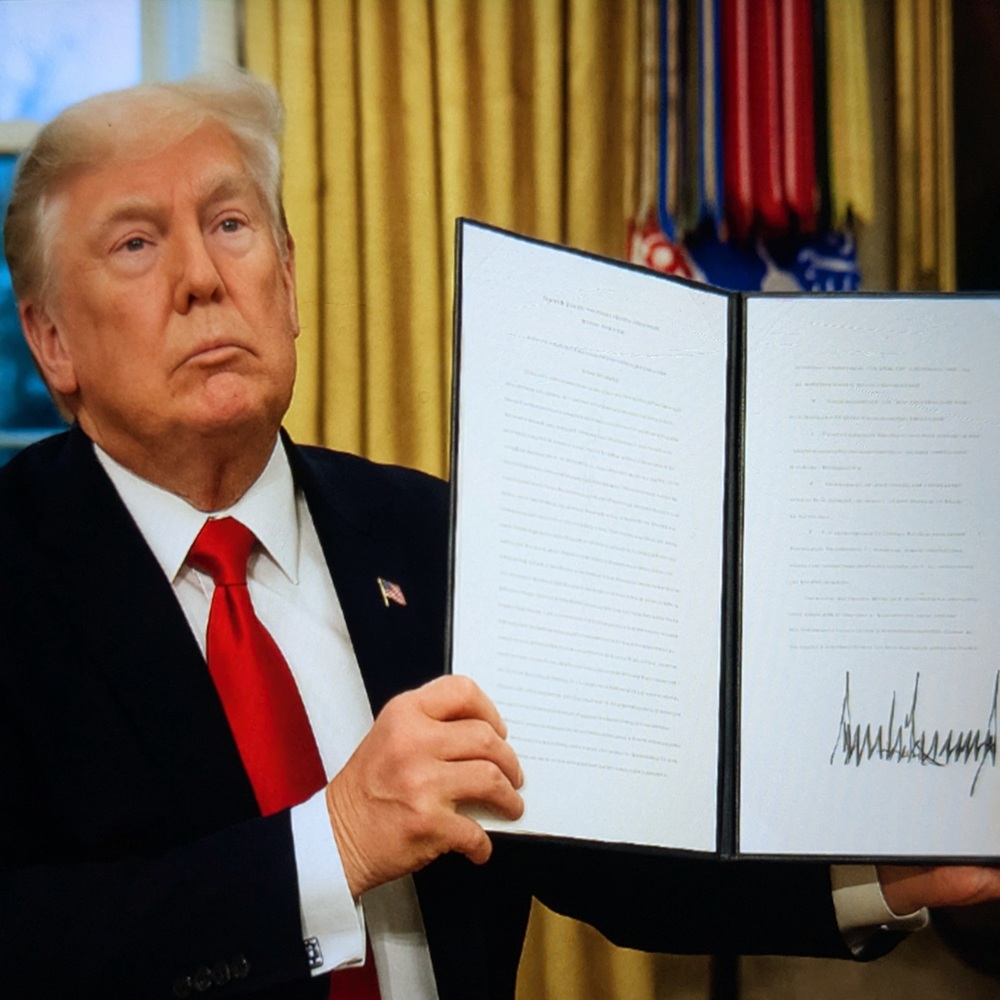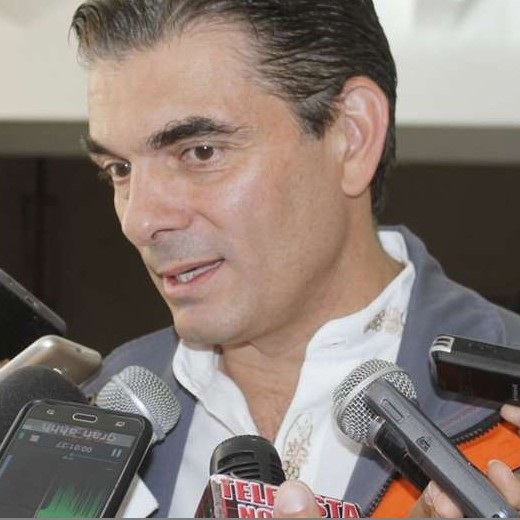H.E. President of the Republic, Gabriel Boric Font, together with the Minister of Economy, Development, and Tourism of Chile, Nicolás Grau, and the Minister of Planning of Brazil, Simone Tebet, leads the inauguration of the Roundtable: Business and Investment Opportunities on the Bioceanic Corridor, Brasília 2025.
Thank you very much, Nicolás, Minister Tebet, and everyone present.
First of all, I apologize for the 15-minute delay. We were previously attending a preparatory forum for the COP in Belém do Pará, convened by President Lula with several world leaders, including the presidents of China, France, Spain, Vietnam, and South Korea. That delayed us a bit, so my apologies.
That said, it is truly an honor for me to be here because it represents something that resonates with me on two distinct yet complementary dimensions.
The first is South American integration. One of the things that Pepe Mujica has repeated to me countless times whenever I visit him — and something President Lula has also emphasized on every occasion we have met — is that Latin American integration, and particularly South American integration, must necessarily go beyond rhetoric, beyond adjectives, and beyond summit photographs.
It must be about result-oriented actions, concrete actions that materialize, that our people and communities can see and feel in their daily lives. I believe that the Bioceanic Corridor is one of the best examples of this serious approach to integration. Beyond, I insist, adjectives and rhetoric.
And secondly, because it is integration with decentralization. This is no small matter. Brazil is a federal state, while Chile is a unitary state — which is an elegant way of saying "centralized." Although we have gradually advanced in granting greater power and resources to the regions — for example, by electing governors, who used to be appointed by the President of the Republic — we still have a long way to go.
It is enough to see that more than 40% of Chile’s population, out of 20 million inhabitants, lives in the capital, Santiago. This is partly due to cultural inertia, but also to a lack of opportunities and development in the other regions. I come from an extreme region — from Chilean Patagonia, from the southernmost part of the world. I was a deputy for eight years representing Magallanes and the Chilean Antarctic.
Therefore, I am fully aware that from places like Planalto in Brazil or La Moneda in Chile, the daily reality of the regions — especially the most remote ones — is not always fully perceived.
That is why I am very pleased that, in the case of Chile, this initiative is being carried out by empowering the north of the country with local authorities. That is why today we are joined by Ricardo Díaz, Governor of the Antofagasta Region, and José Miguel Carvajal, Governor of the Tarapacá Region, which provide a significant portion of Chile’s wealth. However, this wealth is not necessarily reflected in the quality of life within those regions, despite their tremendous potential. Therefore, I believe this project is very positive in both dimensions.
The Bioceanic Road Corridor aims to connect the Atlantic and Pacific Oceans through an extensive network of road and port infrastructure. I have shared this anecdote before, but since there are people here I hadn’t met previously, I’ll tell it again.
The former President of Chile, Ricardo Lagos — who, if I remember correctly, served during the same period as Fernando Henrique Cardoso and the first term of President Lula — once told me, thinking about the future, that the Mediterranean was the center of the civilized world, at least from a European perspective, for much of history. After World War II, the center of the world shifted to the North Atlantic. But today, the future of the world lies in the South, particularly in the Pacific, in the Pacific Ocean.
Chile is part of several treaties, including the CPTPP 11, and various free trade agreements with ASEAN countries, particularly with China, and we are also working on others. These agreements grant us, I would say, privileged access to sectors that are among the fastest growing in the world today.
As Minister Grau mentioned, we are also working on a Comprehensive Economic Partnership Agreement (CEPA) with India, the world’s most populous country with 1.4 billion people.
The Bioceanic Corridor will be at the heart of South America. The Mayor of Iquique showed me a world map and pointed out, "Iquique is the center of the world." Mayors, governors, and leaders everywhere always praise their own regions, but I find that a beautiful idea.
Now we are talking about the Bioceanic Corridor, not about a particular city or a particular country. We are speaking about more than 2,400 kilometers that will significantly reduce cargo transport times from the interior regions of Brazil and Paraguay to the markets of the Asia-Pacific. Instead of crossing the Panama Canal — which, as we know, is currently facing significant congestion due to the climate crisis and water shortages — we will create a new route.
And what will this lead to? We will link the Pantanal with the Atacama Desert, two ecosystems that are unique on the planet — and this is not just about trade. I really liked what Minister Tebet said: "This is also about tourism." We discussed it yesterday during the business forum we attended, where President Lula also participated: how tourism is not only one of the few non-polluting industries, but also how tourists often become the best ambassadors for our countries and the best promoters of the destinations they visit.
In 2024, we had a record number of Brazilian tourists visiting Chile. This happened because the tourists who came in previous years had a good experience and shared it with their families, friends, and colleagues. The same is true for Chileans traveling to Brazil — and not just to Rio de Janeiro or São Paulo, but also to Bahia, Fortaleza, Mato Grosso, and the Amazon.
Thus, we have opportunities in many areas. We have taken this very seriously, and from Chile, we created a high-level commission to drive this project forward in a coordinated manner. One of the greatest challenges for states is achieving coordination and collaboration among different public agencies to move projects forward more quickly.
That’s why what Nicolás mentioned is so important regarding the input we need from the private sector to more rapidly identify and resolve bottlenecks and obstacles together. In this high-level commission, we have brought together various ministries, regional governments, and local actors because we have learned from experience that without involving organized communities, these initiatives do not work well. We want to ensure that this project brings direct benefits to our people — to the families of Tocopilla, Antofagasta, and Iquique, as well as to the provinces of Santa Fe, Jujuy, Salta, and Mato Grosso do Sul.
However, we still face significant challenges. One of the main concerns of our populations — and I am sure this is true in Brazil as well, but I will speak specifically about Chile — is security. While we have made significant progress in infrastructure — Nicolás outlined the improvements we have achieved and the ones we will continue to make, as infrastructure is a long-term investment — we must also address the challenge of security. Today, we see that crime, delinquency, drug trafficking, human trafficking, and arms trafficking are no longer purely local issues; they are transnational.
The case of the Tren de Aragua is perhaps the most well-known in recent times in Latin America, at least in the Pacific region. But this issue deeply concerns our people, and therefore, opening new routes must go hand in hand with providing security for those traveling along them. All trucks must be guaranteed safety, as well as dignified conditions for rest, meals, and repair services in case of vehicle breakdowns — and of course, security for all people. Whether through scanners, police presence, artificial intelligence, or other mechanisms, we must ensure that everyone can feel safe.
Because ultimately, when crime spirals out of control and we are unable to contain it, it effectively becomes a new kind of tax — an undeclared tax — because it forces increased spending. And in the end, it is the consumers who bear that cost.
Therefore, we must be extremely careful and put great effort into addressing this issue.
Another positive aspect is the very clear complementarity between our countries. Brazil is a first-rate industrial and agri-food powerhouse. Chile enjoys privileged access to the Pacific and Asian markets and has increasingly positioned itself as a technological hub. Argentina and Paraguay contribute with critical transport routes and productive capacities. If all of this is properly coordinated, it can transform South America into a global integration platform with sovereignty, without external tutelage, promoting free trade in times of uncertainty for the benefit of our peoples.
Here we are also talking about strengthening many SMEs — small and medium-sized enterprises — in addition to large companies. If we do this well, it will generate benefits, circulation, and a dynamic that will positively impact many people. Achieving this, however, is primarily the responsibility of the states, but certainly also in close partnership with the private sector.
At this moment, global integration is being called into question. The United States has unleashed a trade war marked by volatility and great uncertainty. And the best way to respond to this trade war is not through loud declarations. From Chile’s point of view, and considering the position we hold in the world as a medium-sized country, we will not respond with retaliation.
We will respond with more integration. We will respond through the CEPA agreement with India, through the initiatives we are advancing with the United Arab Emirates. We will also push and engage in dialogue with countries like France to expedite the approval of the agreement between the European Union and Mercosur. And we will continue integrating regionally within South America, working together with our regions.
That is why we must continue working diligently to facilitate customs processes, promote cross-border investments, and improve logistics throughout the entire supply chain.
And I ask, particularly of the private sector, that you intensify these business alliances. I assure you that you can trust the Chilean state to provide guarantees for long-term investment. We have a development path that is environmentally conscious and understands that to better distribute wealth, first we must grow more. There is a balance to be struck: generating more wealth to distribute it better, not merely accumulating it in the hands of a few.
But this is a cycle — to distribute wealth better, we must first create it. We cannot be satisfied with what we already have. Trade is one of the main drivers of this, along with strengthening our own industries — an area where Brazil is ahead of us, and which Minister Grau has also strongly promoted within Chile.
Minister Tebet lamented how long it has taken us to advance this integration. President Lula mentioned yesterday that during his first term, the first bridge with Peru was built — if I recall correctly — after so many years of being neighbors. What I want to tell you is that it is never too late, and that today it is up to our generation to make this integration a reality. This is a unique opportunity, and we have no right to waste it. We cannot let this opportunity slip away.
The Bioceanic Road Corridor will be much more than a transport route; it will be a path for human development, a bridge between peoples, and a symbol of what South America can achieve when it stands united.
Thank you very much.























